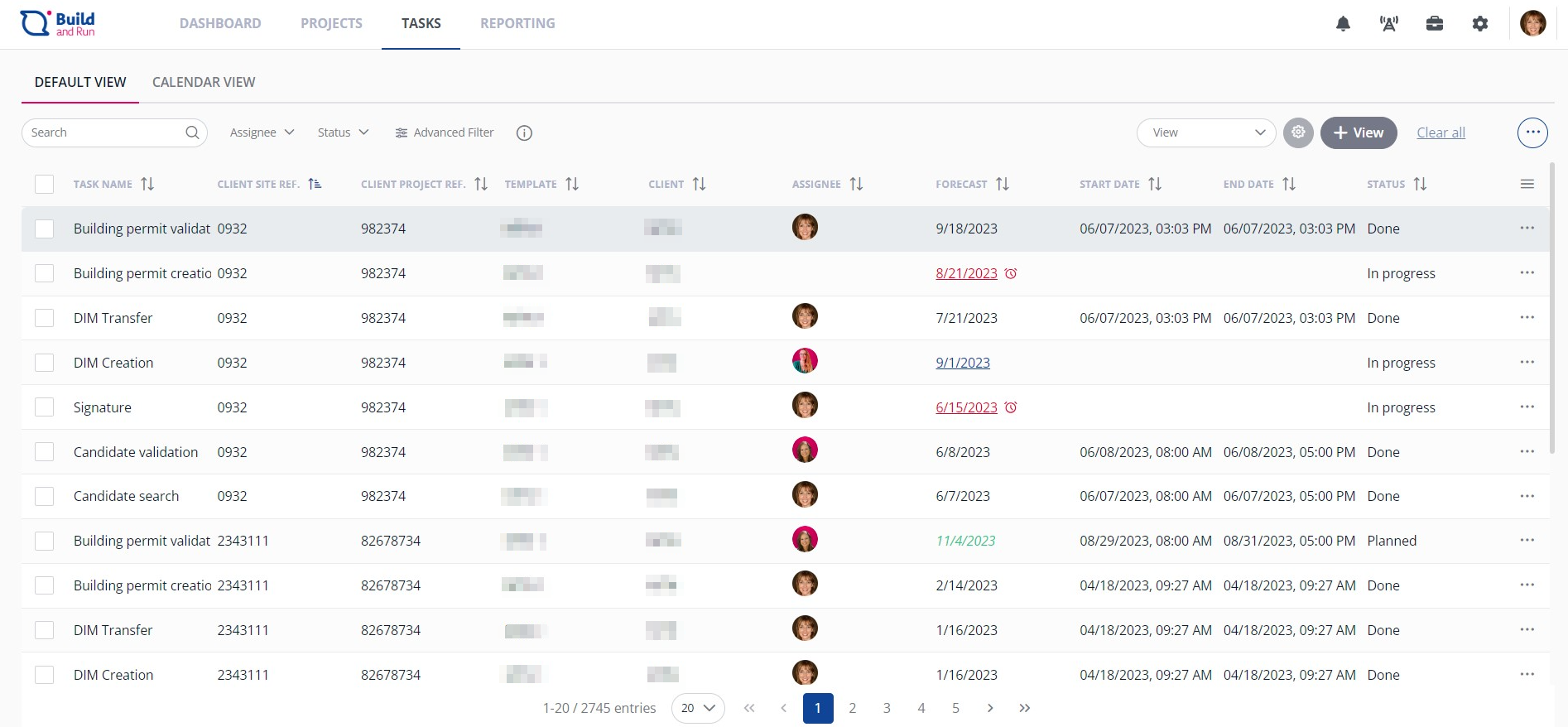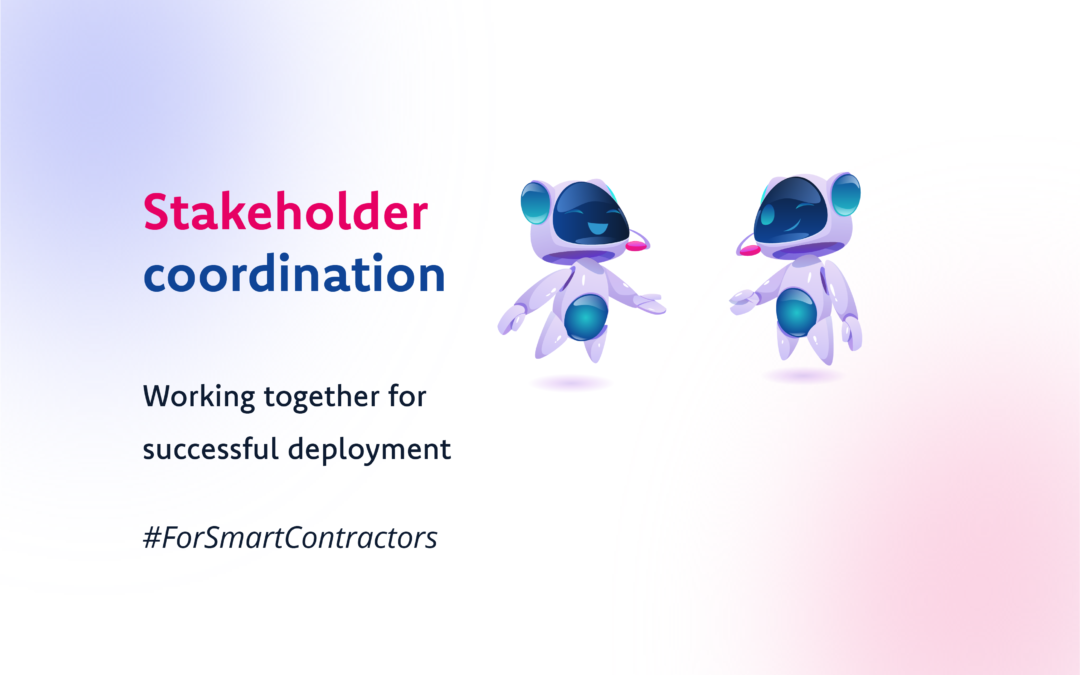Sharing is key
One of the main benefits of this coordination is the opportunity to share knowledge and resources. Internet service providers and telecom companies contribute their expertise in fiber optics, while local authorities facilitate obtaining the necessary permits and authorizations. Technical teams are responsible for network installation and configuration.
Clear communication
Effective project management facilitates the coordination of stakeholders by establishing clear communication channels and promoting the exchange of information. Ideally, this should take place in real time, as is the case with BuildAndRun. This ensures that all parties work closely together, avoiding misunderstandings or delays caused by communication problems.

Task tracking view in BuildAndRun
Optimizing problem solving
Stakeholder coordination also helps to anticipate and resolve potential conflicts or problems that may arise during deployment. For example, problems relating to the availability of existing infrastructure, disagreements over cable locations or unexpected obstacles during construction may arise. Effective project management facilitates the resolution of these issues by encouraging open dialogue and the search for solutions that meet the needs of all stakeholders.
BuildAndRun enables each stakeholder to keep track of site visits already carried out, and to learn the reasons for past failures.
Improved planning
Stakeholder coordination also helps optimize the planning of fiber optic rollouts. Stakeholders can share information on priority areas, specific end-user needs and geographical or regulatory constraints. This enables a more precise deployment strategy to be established, identifying priority areas for coverage, minimizing delays and maximizing the efficient use of available resources.
BuildAndRun can be used to define batches or groups of projects to be isolated for closer monitoring.

